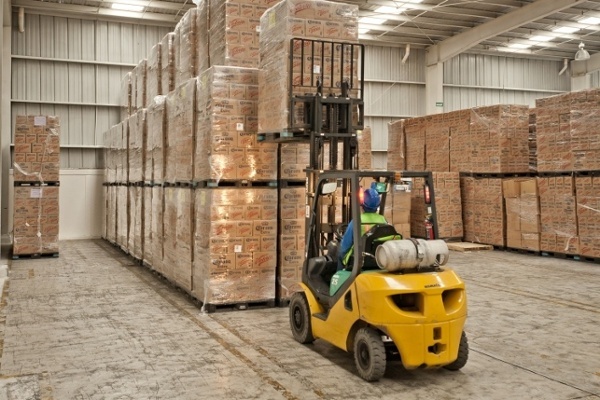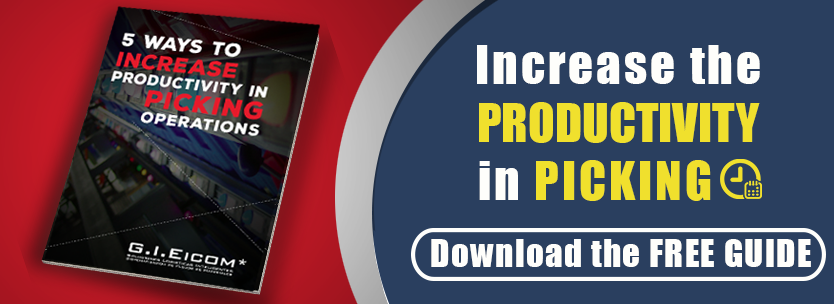
Any product, after having passed through the processing of raw materials, is considered finished product that needs to be managed optimally for its distribution and consumption.
Here are the 3 keys to provide optimum handling of finished product.
1) Analyze how you can streamline each of the steps involved in managing finished product
The cellars, warehouses or distribution centers are the suitable place to store finished products, keeping them in good condition for distribution to end customers. To meet this goal, it is necessary to consider all processes involved in each of the steps, trying to streamline them and automate as much as possible:
- Receiving of finished product
- Stowage of finished products
- Inspection
- Location
- Handling
- Dispatch of finished products
- Distribution to customer
- Stock Control
- Warehouse maintenance
Remember, quality control and care of the finished product is essential. The arrangement of the products should allow air circulation, ease of cleaning and eliminate potential sources of contamination. Avoid, at all costs, the contact of finished product with the floor.
2) Incorporate technology and machinery propitious to facilitate the handling of finished product
The management of finished product in warehouses is usually more expensive than handling in plants, as it often requires large areas of space, expensive equipment, manpower and computers with special software to control.
But where in the logistics process is recommended to automate processes? Precisely in both of the same, from the receiving side of raw material, to the storage and shipping of finished product. In both cases, the productivity is increased by incorporating various systems for automatic storage and retrieval as well as machinery and equipment suitable for this.
Likewise, it is recommendable to have an adequate system of array and identification of the finished product to facilitate inspection, sampling and control. In this context, technological innovations for this are:
- Barcode: optical, magnetic, read-only, etc.
- Radio frequency: portable, mounted on pallet trucks, real time communications, etc. Radio frequency devices facilitate stock control and rationalization of the activity; also, reduces paper and operating costs.
- On-board computers
- Portable Terminals
Remember that this is not simply to incorporate innovative systems, but also to conjugate a project of intelligent logistics solutions that actually ensure and guarantee high productivity rates in the processes involved in the management of finished product. Please consult local suppliers, that while provide new infrastructure, also can develop efficiently a comprehensive project to ensure its maximum utilization.
3) Choose a good alternative of packaging or stowing of finished product
Good packaging of the finished product facilitates its storage, use and handling; promotes better utilization of transport equipment, protects the product and provides reuse value for the customer.
Some tips for creating efficient packaging are:
- Condition and seal the packages so as to avoid any loss of content.
- The packaging materials themselves should not be damaged by its contents or form harmful or dangerous compounds.
- The packaging and closures must be strong and resilient.
- Preferably, they should be reusable or recyclable, being as light as possible, but still support the required load.
- To identify and quantify the finished product containing, it is recommended to be identifiable, and be intended to put on signs or labels.
As you can see, the optimal management of finished product can be achieved through the implementation of tips collected here, keeping in mind each step involved in the process and ensuring its automation within an integrated logistics project.
Please complement these tips with our 5 tips to optimize material handling. In GIEICOM, we specialize in the creation of intelligent logistics solutions to automate the processes involved in the management of finished product. If you want free advice from one of our representatives, please fill the contact form.



